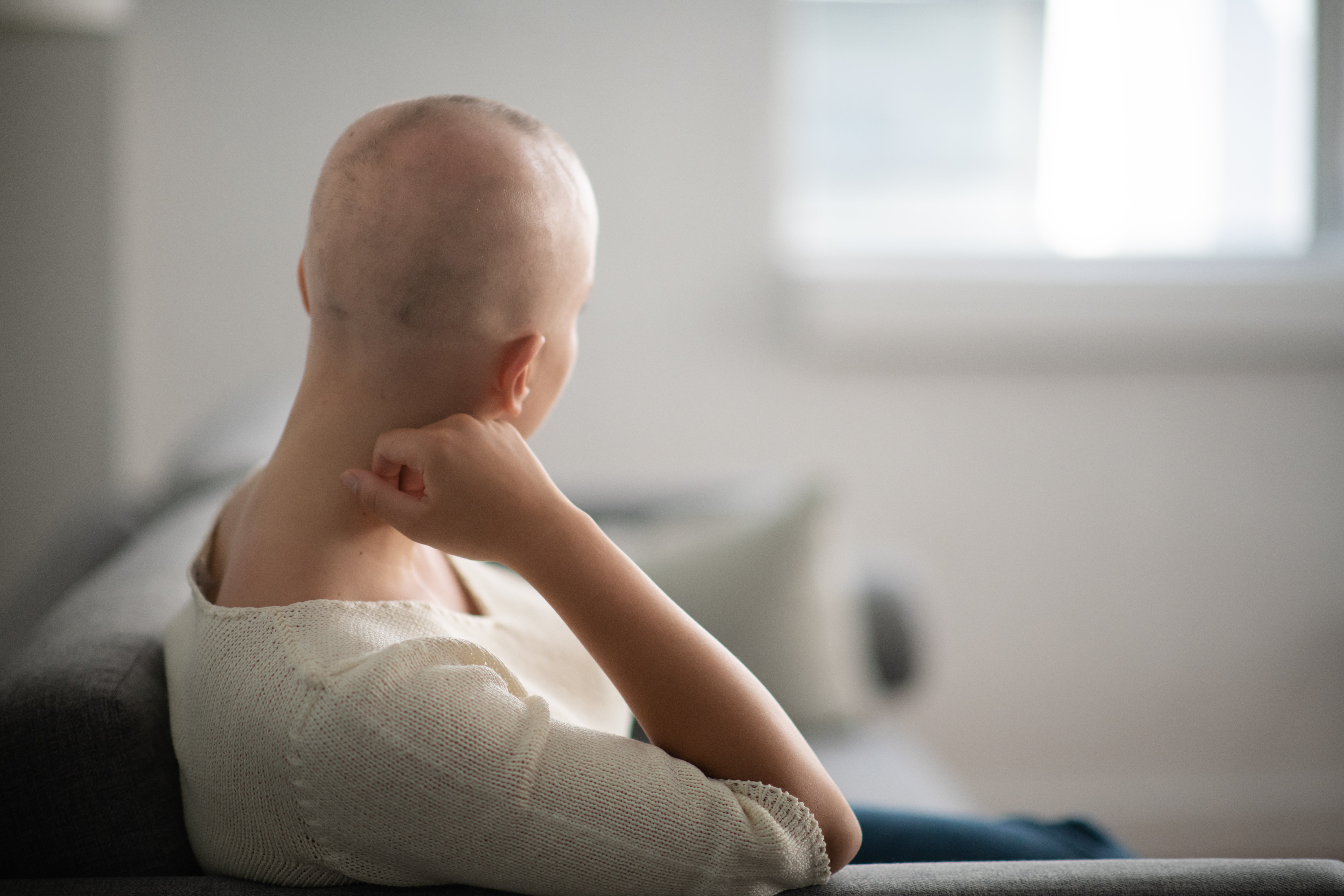I’m BRCA positive – we need to stop calling it the ‘Angelina Jolie gene’
A photo of Jolie looking impossibly glamorous on a Hollywood red carpet alongside a piece about breast cancer patients’ survival rates feels at best incongruous, and at worst like a slap in the face


Your support helps us to tell the story
From reproductive rights to climate change to Big Tech, The Independent is on the ground when the story is developing. Whether it's investigating the financials of Elon Musk's pro-Trump PAC or producing our latest documentary, 'The A Word', which shines a light on the American women fighting for reproductive rights, we know how important it is to parse out the facts from the messaging.
At such a critical moment in US history, we need reporters on the ground. Your donation allows us to keep sending journalists to speak to both sides of the story.
The Independent is trusted by Americans across the entire political spectrum. And unlike many other quality news outlets, we choose not to lock Americans out of our reporting and analysis with paywalls. We believe quality journalism should be available to everyone, paid for by those who can afford it.
Your support makes all the difference.When you have a particular illness or condition, you live in two separate worlds. The first is the world of people who know all the jargon and the right questions to ask, because they have it too, or they love someone who has it. You find them via forums, Facebook groups, and in-person support groups.
The second is the everyday world, where you’re never quite sure how well known your particular condition is, and how much you have to explain. So many times I’ve told people I have the BRCA gene mutation, gauged their reaction, and if they’ve looked lost, I’ve added: “you know, like Angelina Jolie”.
People tend to remember that one of the world’s most famous and beautiful film stars has had her breasts removed. So it can be quite handy to have her there, as a touchstone. And yet, it does grate on me when there’s a news story about BRCA and it’s called “the Angelina Jolie gene”, because it just contributes to people not knowing the real name for it.
It’s lazy, and it’s inaccurate, too. BRCA1 and BRCA2 aren’t genes you have or don’t have. Everyone has the gene. They are gene mutations.
I don’t remember the last time I saw something in print about BRCA that wasn’t accompanied by a photo of Angelina Jolie. Just once, I’d like to see an ordinary woman with breast cancer instead. A woman hooked up to a chemo drip, or with no hair. Because there’s nothing glamorous about being BRCA positive. It involves massive decisions and even bigger operations.
Women with one of the BRCA gene mutations have a significantly elevated risk of breast and ovarian cancer, and can choose to have preventative surgery to reduce those risks. These women fall into two camps: those who find out before a cancer diagnosis, and those, like me, who find out after.
If you have breast or ovarian cancer young, or if there’s a lot of it in your family – or both – you may be offered genetic testing. And if you’re positive, and choose to have the preventative surgery, it just gets rolled into the treatment you’re having for cancer – the surgery, the chemotherapy, the radiotherapy.
The decision, for me, was simple. I had cancer and I didn’t want to risk having it again. I imagine that if you only know you might get cancer in the future, even if the risk is high, deciding whether or not to have your body hacked and reconstructed is more complex.
Angelina Jolie was able to make choices before facing a cancer diagnosis, and while preventative surgery is a lot to go through, her experience was not the same as that of the many women I know who’ve lost their hair, their sense of themselves, and, in many cases, their lives.
So a photo of her looking impossibly glamorous on a Hollywood red carpet alongside a piece about breast cancer patients’ survival rates feels at best incongruous, and at worst like a slap in the face.
To keep up to speed with all the latest opinions and comment, sign up to our free weekly Voices Dispatches newsletter by clicking here
Because I had cancer and subsequently found out that I’m BRCA2 positive, my daughter will be in Angelina Jolie’s position once she’s an adult. There’s a 50-50 chance that I’ve passed it on to her, and she’ll have the choice to be tested, and then, if positive, the choice to have her breasts and ovaries removed.
I was pregnant with my daughter when I was diagnosed with breast cancer, and when I discovered, a month later, that I have the BRCA2 gene mutation. The fact that I knew I was having a girl, who might be affected by this in the future, felt particularly cruel.
But I was reminded again and again by medical professionals that changes are happening all the time, that the gene mutation was only identified in the 1990s and the progress since then has been rapid, and that the entire landscape of the thing might look completely different by the time my daughter is an adult.
When my daughter turns 18 and becomes eligible to be tested, Angelina Jolie will be approaching 60. I wonder whether BRCA will have another young and beautiful poster woman by then. I hope it won’t. I hope it will be known by its proper name, and be seen for what it is, which is both a tough and a merciful warning sign.
Join our commenting forum
Join thought-provoking conversations, follow other Independent readers and see their replies
Comments